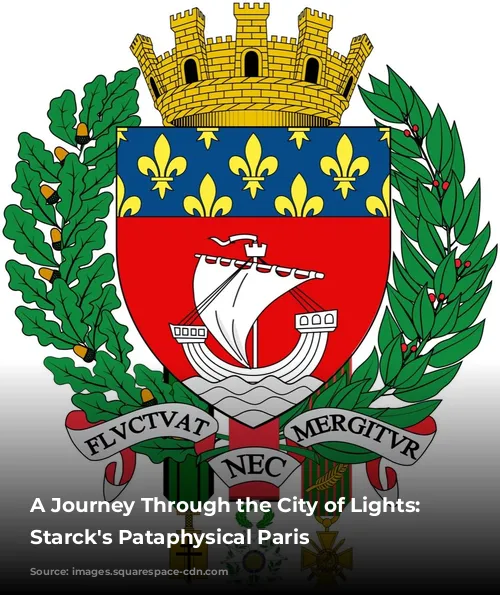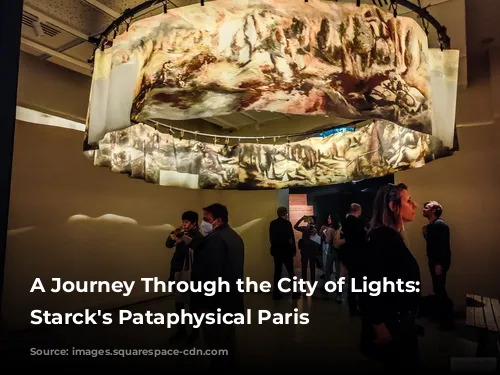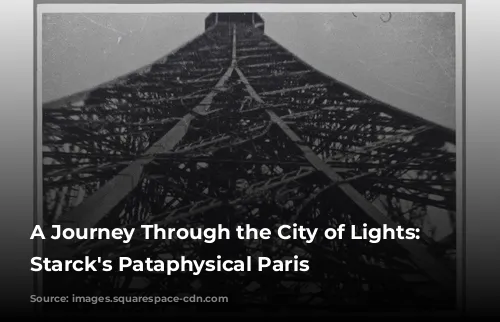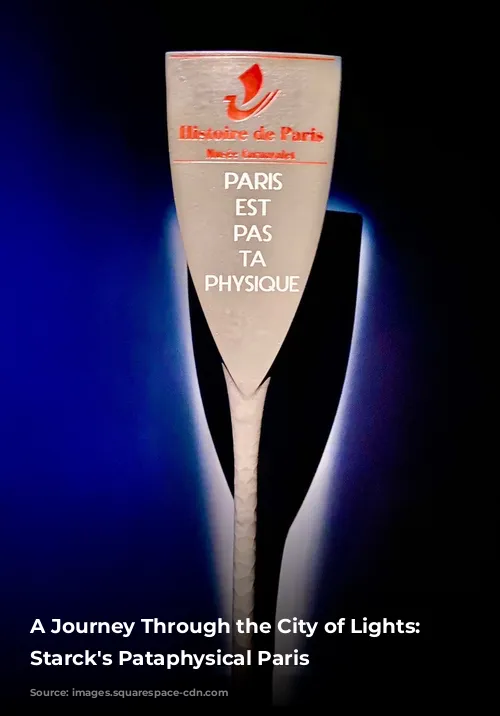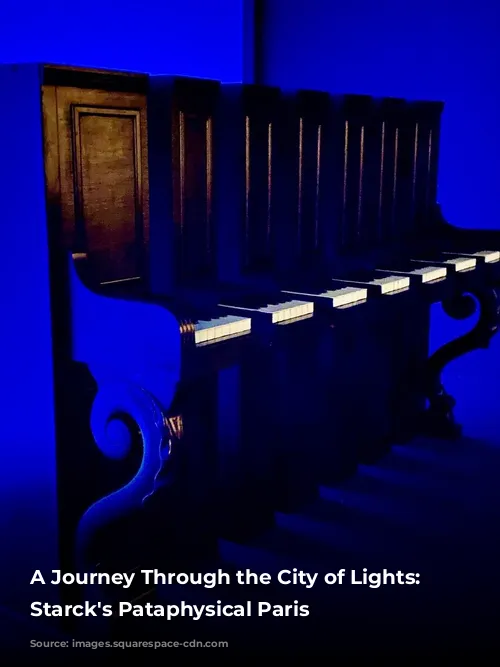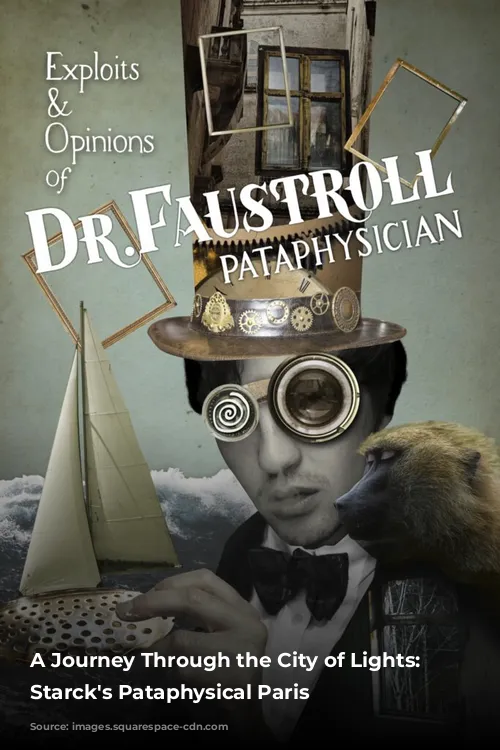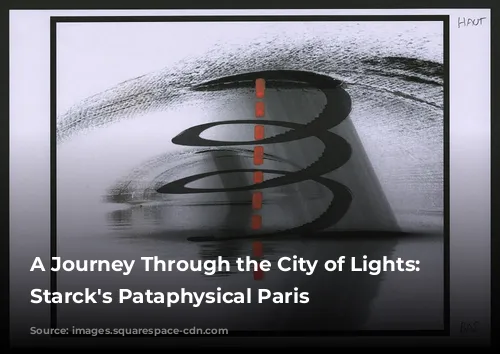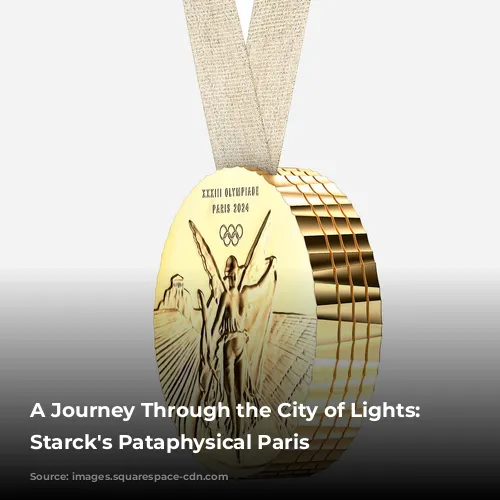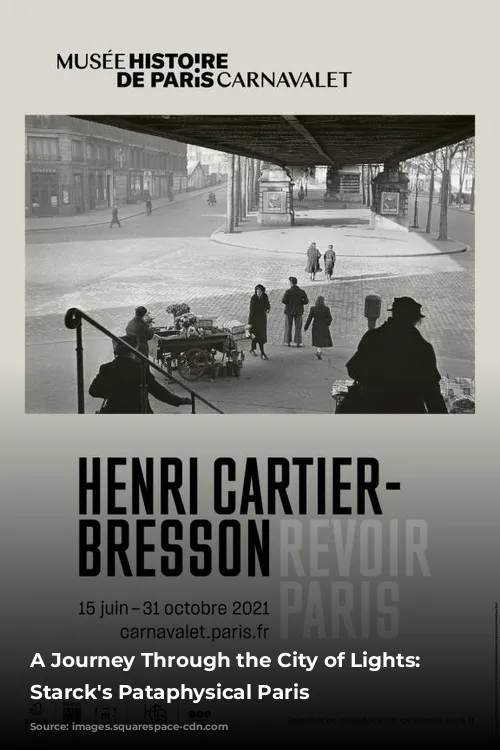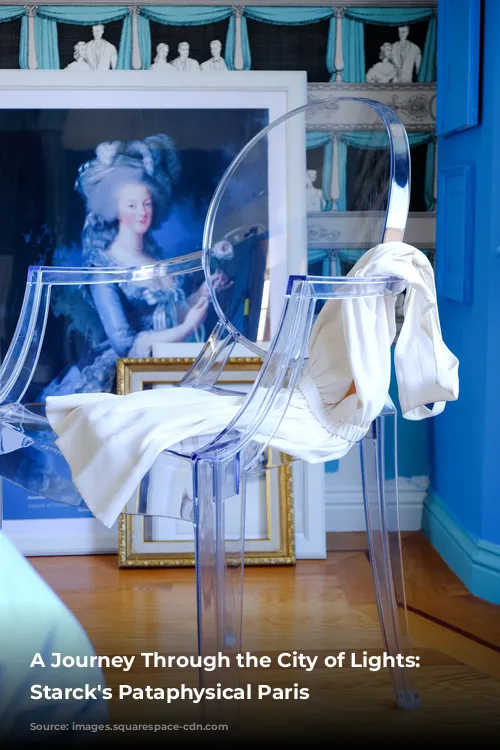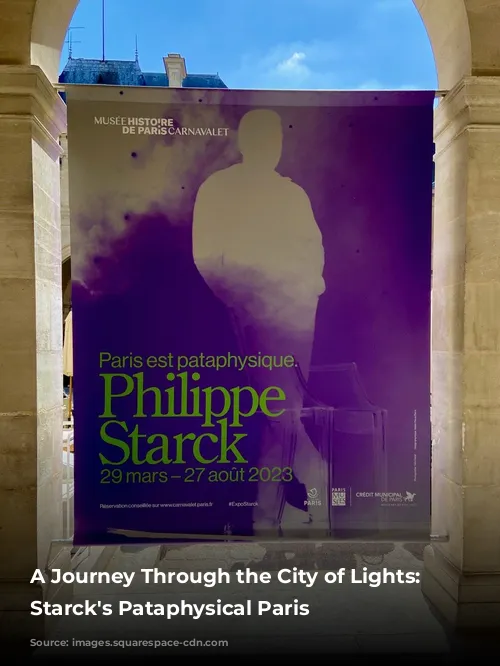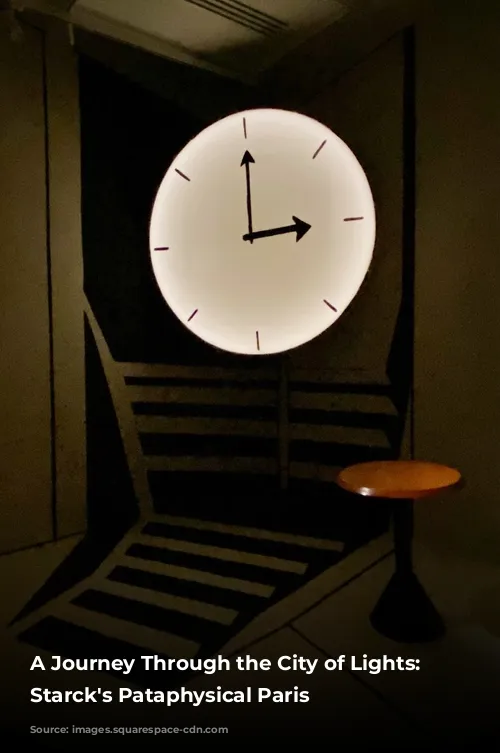The Carnavalet Museum, a treasure trove of Parisian history, recently reopened its doors after an extensive renovation. While the museum’s permanent collection, a fascinating mix of artifacts from Proust’s bed to Fouquet’s jewelry, is certainly worth a visit, the current temporary exhibition offers an entirely different perspective on the City of Lights. Philippe Starck’s Paris, a unique exploration of the city through the lens of pataphysics, is not to be missed.
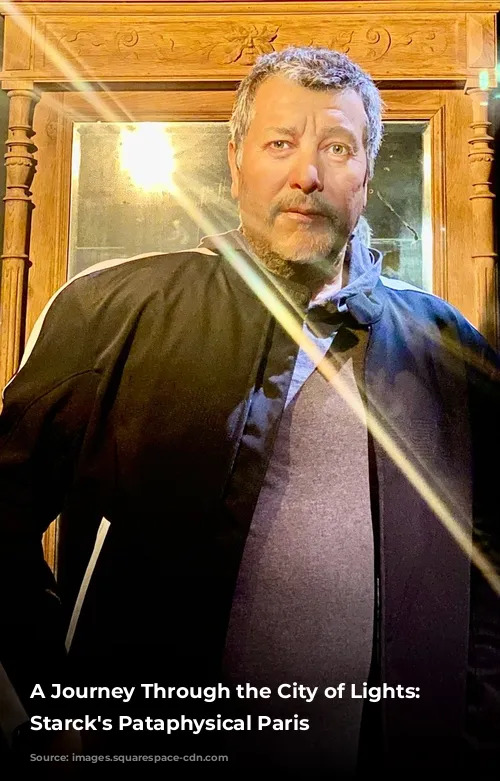
A Designer’s Pataphysical Vision
Philippe Starck, a renowned French designer with a career spanning nearly 45 years, has infused his personal vision of Paris into this extraordinary exhibition. For those unfamiliar with Starck’s work, his creations encompass a vast range of design, from furniture and lighting to bathroom fixtures and even toys. This exhibition, however, delves deeper than mere design; it embraces pataphysics, a philosophical concept that explores the “virtual or imaginary nature of things” through a playful lens.
The College of Pataphysics, founded in Paris in 1948, has long been a sanctuary for artistic and intellectual exploration. Its members, including prominent figures like Marcel Duchamp, Joan Miró, Man Ray, and the Marx brothers, have embraced the absurd and the imaginative, challenging conventional thought. Starck, a self-proclaimed member of this esteemed group, utilizes pataphysics as a framework for his exhibition, inviting visitors to experience Paris through an unconventional, even whimsical, perspective.
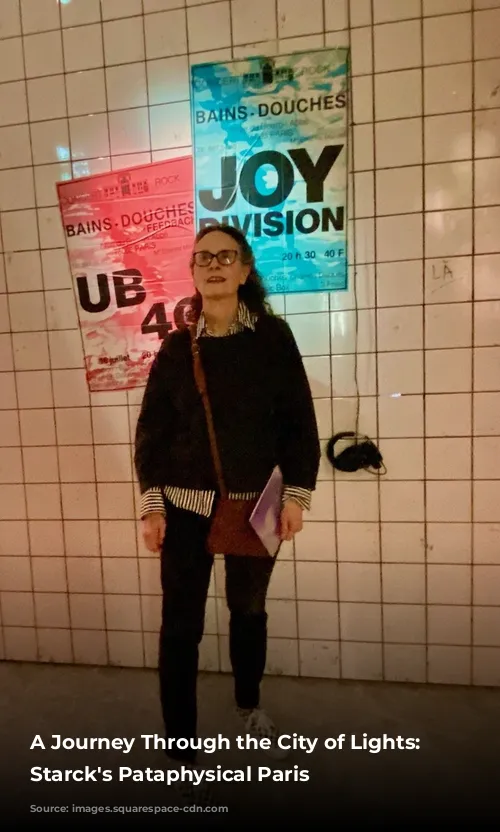
A Voyage Through Imaginary Islands
Starck’s exhibition is not simply a static display; it’s a journey through the city. Like a literary adventure, visitors are invited to embark on a voyage of discovery inspired by Alfred Jarry’s seminal work, “Exploits and Opinions of Dr. Faustroll, Pataphysician”. Imagine sailing above Paris, exploring fantastic islands, and experiencing the city through a lens of imagination and absurdity.
The exhibition’s design further reinforces this notion of a journey. Visitors are greeted by a series of familiar “Historie de Paris” plaques, distinctive markers found throughout Paris, each telling a story of the city’s past. Designed by Starck himself, these plaques are playfully referred to as “Starck Oars” due to their shape and their connection to the exhibition’s theme.
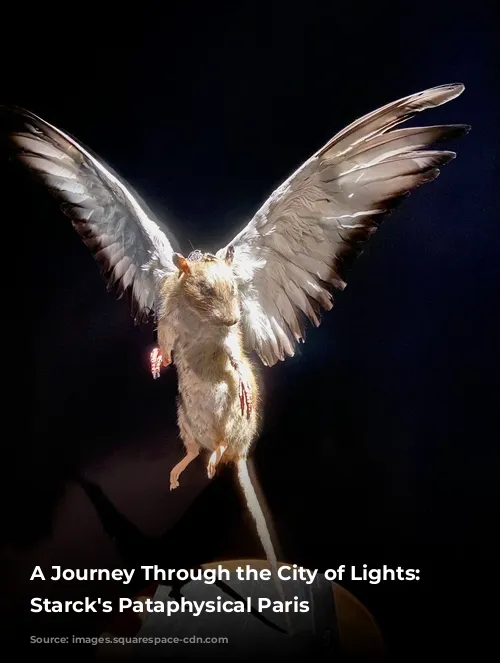
A Glimpse into the Future
The exhibition doesn’t simply celebrate Paris’s rich history; it also offers a glimpse into the future. Starck, in his role as Regent of the Chair of Practical Abstraction and Speculative Concretion at the College of Pataphysics, envisions an ecologically sound means of transportation, a vessel called an “ace”. His exhibition, in a way, takes visitors on a similar journey, hovering above the Eiffel Tower and exploring the city’s architectural marvels from a unique perspective.
The exhibition culminates in a photo booth, a playful nod to the whimsical nature of pataphysics, and a display of Starck’s Olympic medal design, a testament to his artistic vision and commitment to the City of Paris.
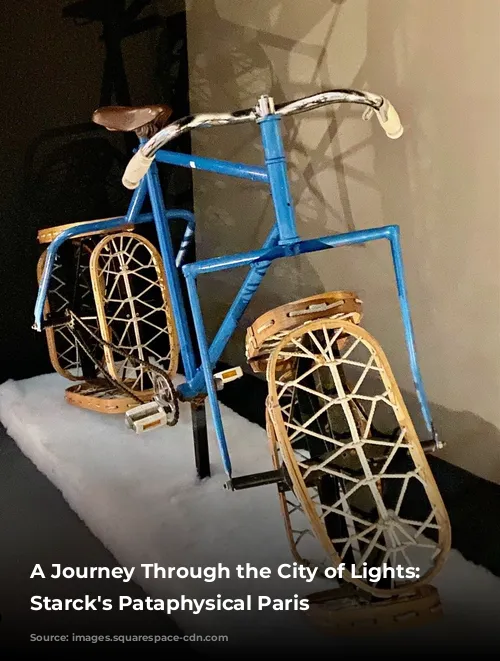
Conclusion
Philippe Starck’s Paris is not just an exhibition; it’s an experience. It’s a journey through the city’s heart, guided by the principles of pataphysics, embracing the imagination and the absurd, and celebrating the city’s past, present, and future. If you’re looking for a fresh perspective on Paris, a city known for its history and elegance, this exhibition is a must-see. Through Starck’s creative vision and the unique lens of pataphysics, you’ll experience Paris as you’ve never seen it before.
